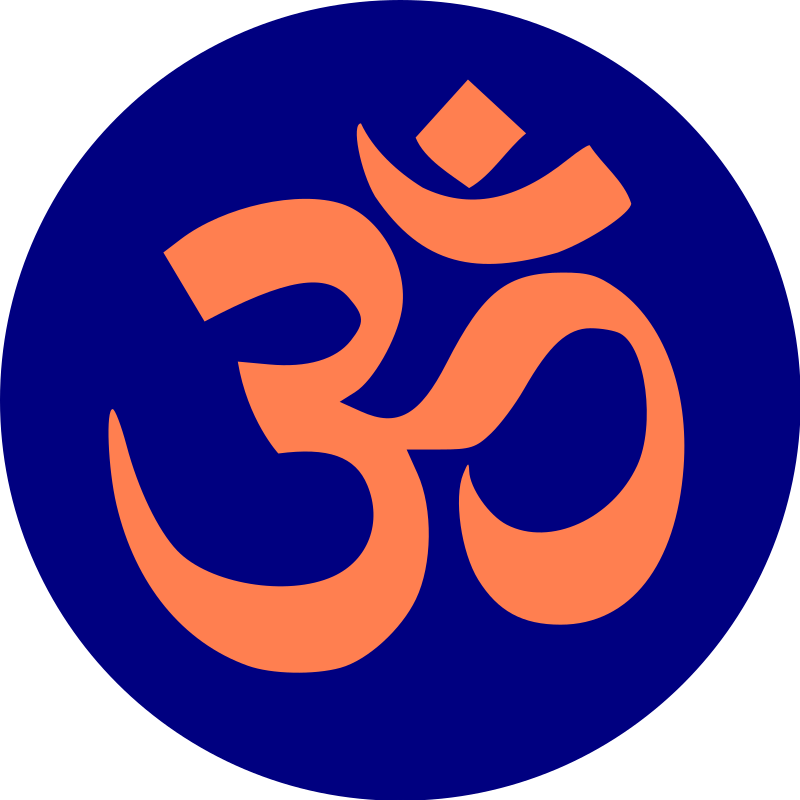
With the Forty-second Amendment of the Constitution of India enacted in 1976, the Preamble to the Constitution asserted that India is a secular nation. However, the Supreme Court of India in the 1994 case S. R. Bommai v. Union of India established the fact that India was secular since the formation of the republic. The judgement established that there is separation of state and religion. It stated “In matters of State, religion has no place. Any State government which pursues nonsecular on policies or nonsecular course of action acts contrary to the constitutional mandate and renders itself amenable to action under Article 356”. Furthermore, constitutionally, state-owned educational institutions are prohibited from imparting religious instructions, and Article 27 of the constitution prohibits using tax-payers money for the promotion of any religion.
In matters of law in modern India, personal laws – on matters such as marriage, divorce, inheritance, alimony – varies if one is a Muslim or not (Muslims have an option to marry under secular law if they wish). The Indian Constitution permits partial financial support for religious schools as well as the financing of religious buildings and infrastructure by the state. The Islamic Central Wakf Council and many Hindu temples of great religious significance are administered and managed (through funding) by the federal and the state governments in accordance with the Places of Worship (Special Provisions) Act, 1991, and the Ancient Monuments and Archaeological Sites and Remains Act, 1958, which mandates state maintenance of religious buildings that were created before August 15, 1947 (the date of Indian independence), while also retaining their religious character. The attempt to respect religious law has created a number of issues in India, such as acceptability of polygamy, unequal inheritance rights, extra judicial unilateral divorce rights favorable to some males, and conflicting interpretations of religious books.
Secularism as practiced in India, with its marked differences with Western practice of secularism, is a controversial topic in India. Supporters of the Indian concept of secularism claim it respects “minorities and pluralism”. Critics claim the Indian form of secularism as “pseudo-secularism”. Supporters state that any attempt to introduce a uniform civil code, that is equal laws for every citizen irrespective of his or her religion, would impose majoritarian Hindu sensibilities and ideals. Critics state that India’s acceptance of some religious laws violates the principle of Equality before the law.
Click here to access more info and explore further.
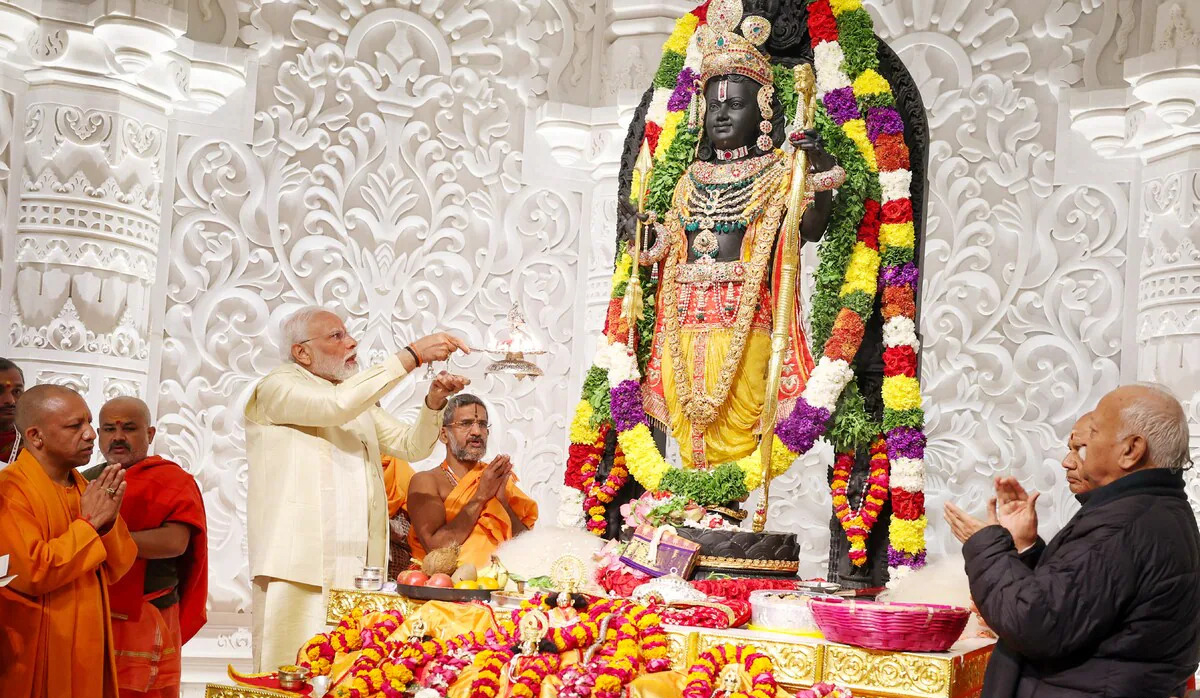
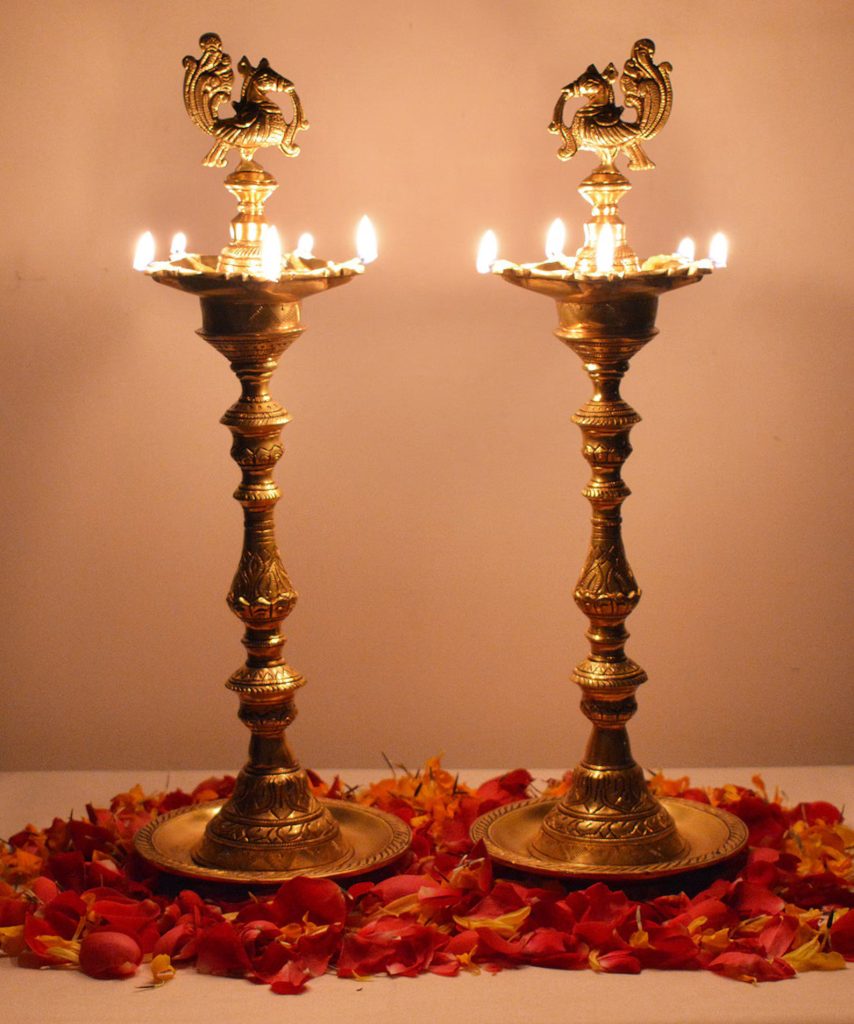
Hinduism (/ˈhɪnduˌɪzəm/) is an Indian religion or dharma, a religious and universal order or way of life by which followers abide. The word Hindu is an exonym, and while Hinduism has been called the oldest religion in the world, it has also been described as sanātana dharma (Sanskrit: सनातन धर्म, lit. ”the eternal dharma”).
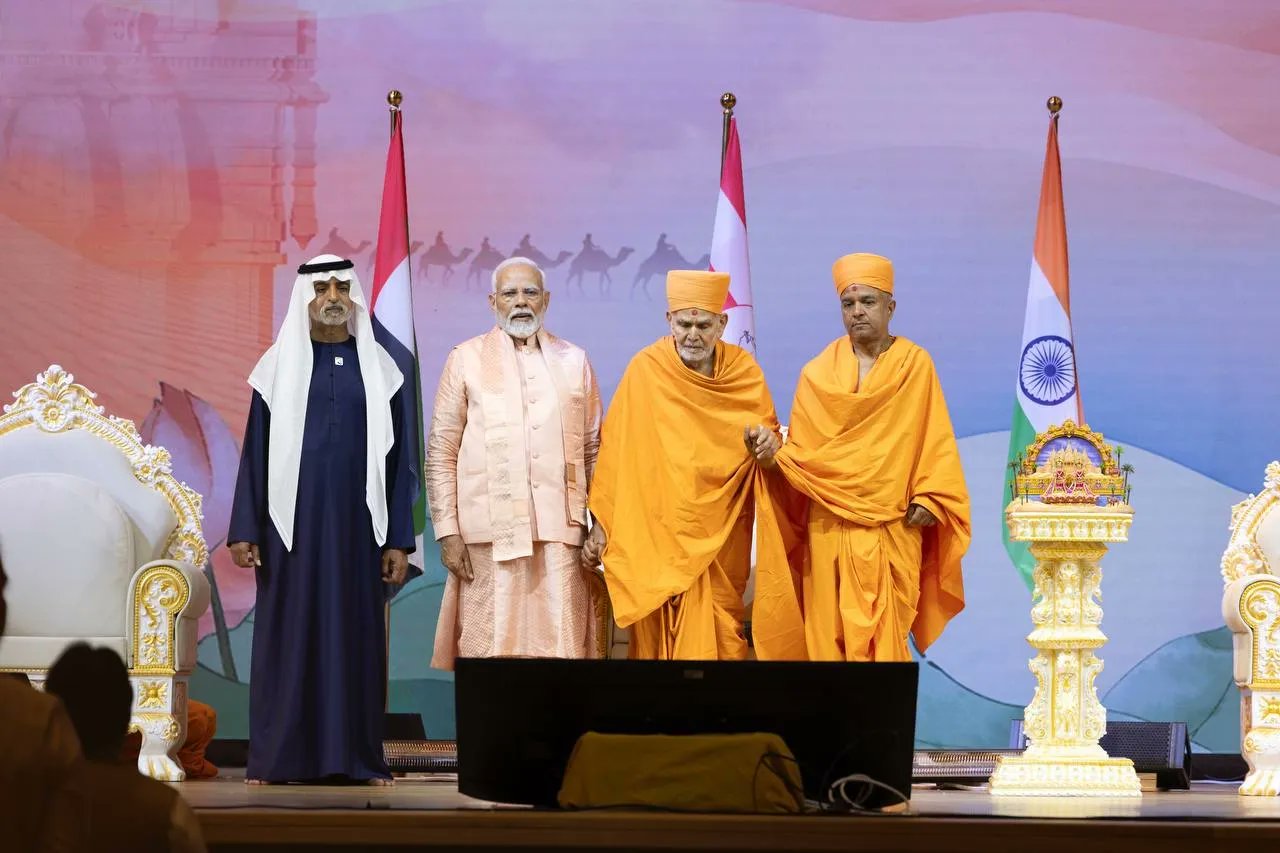

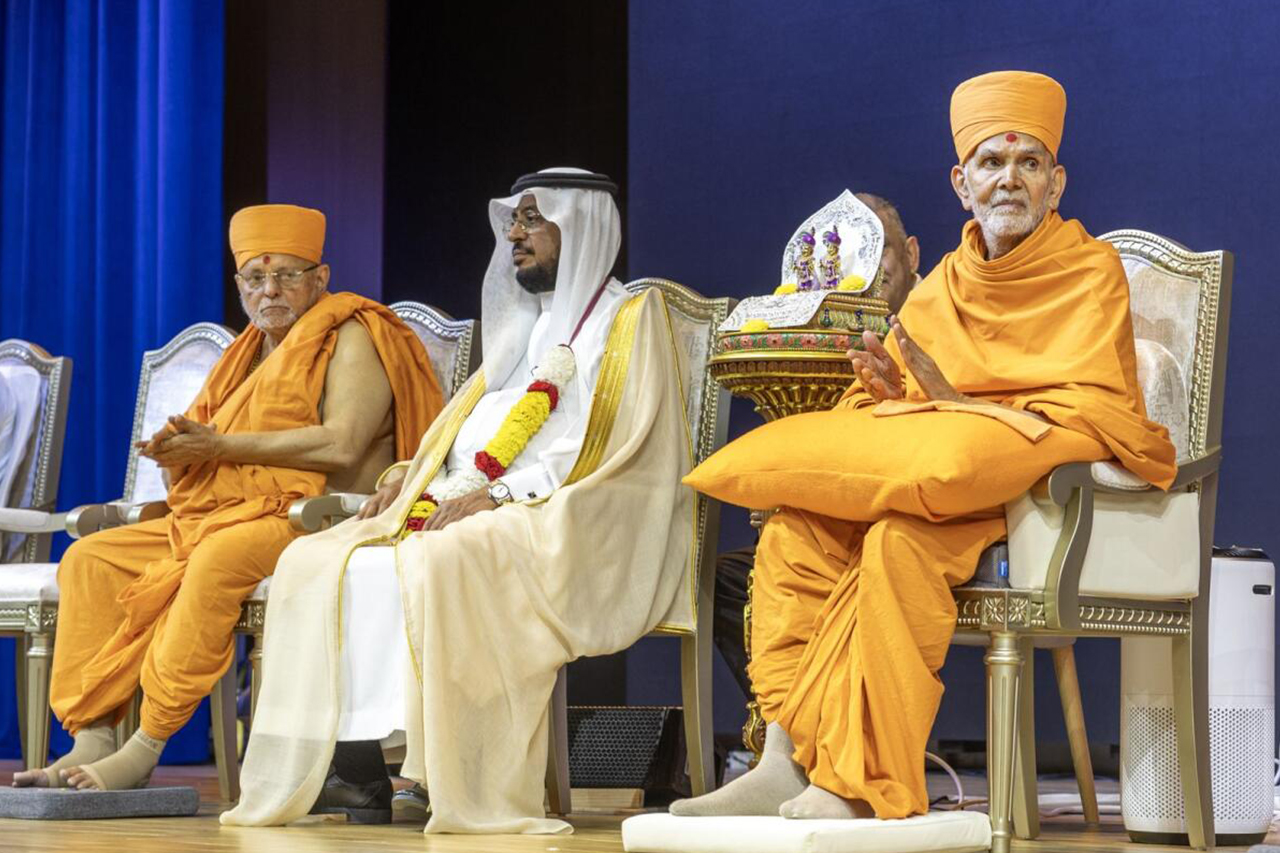
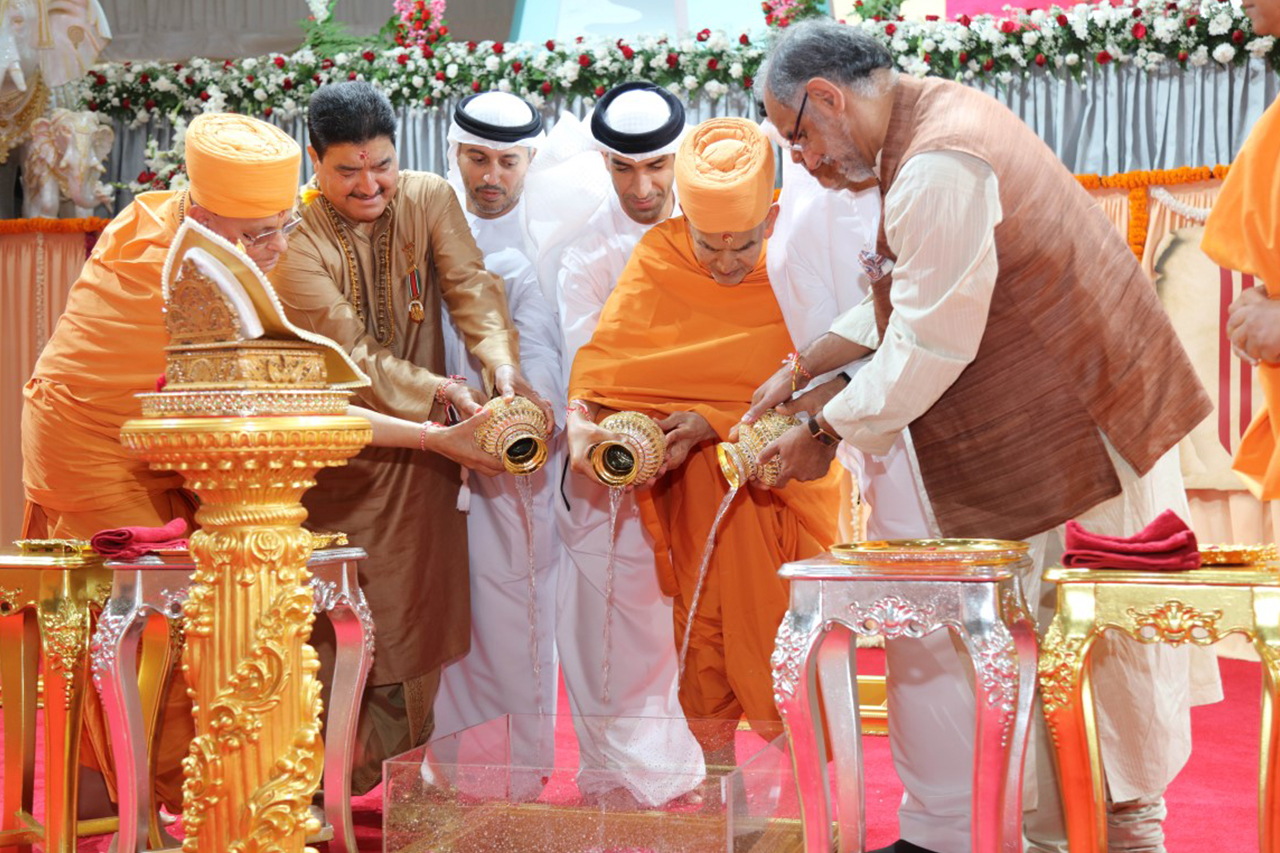
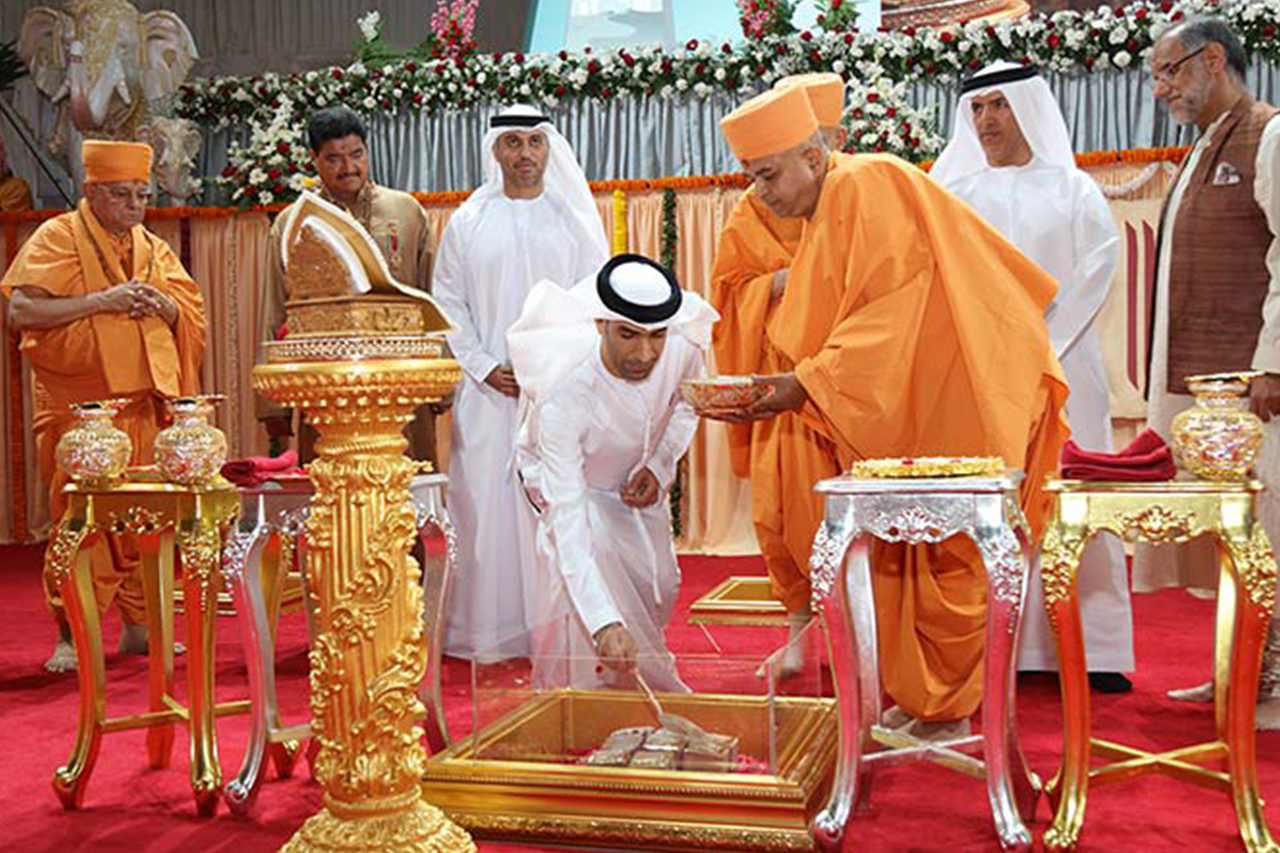
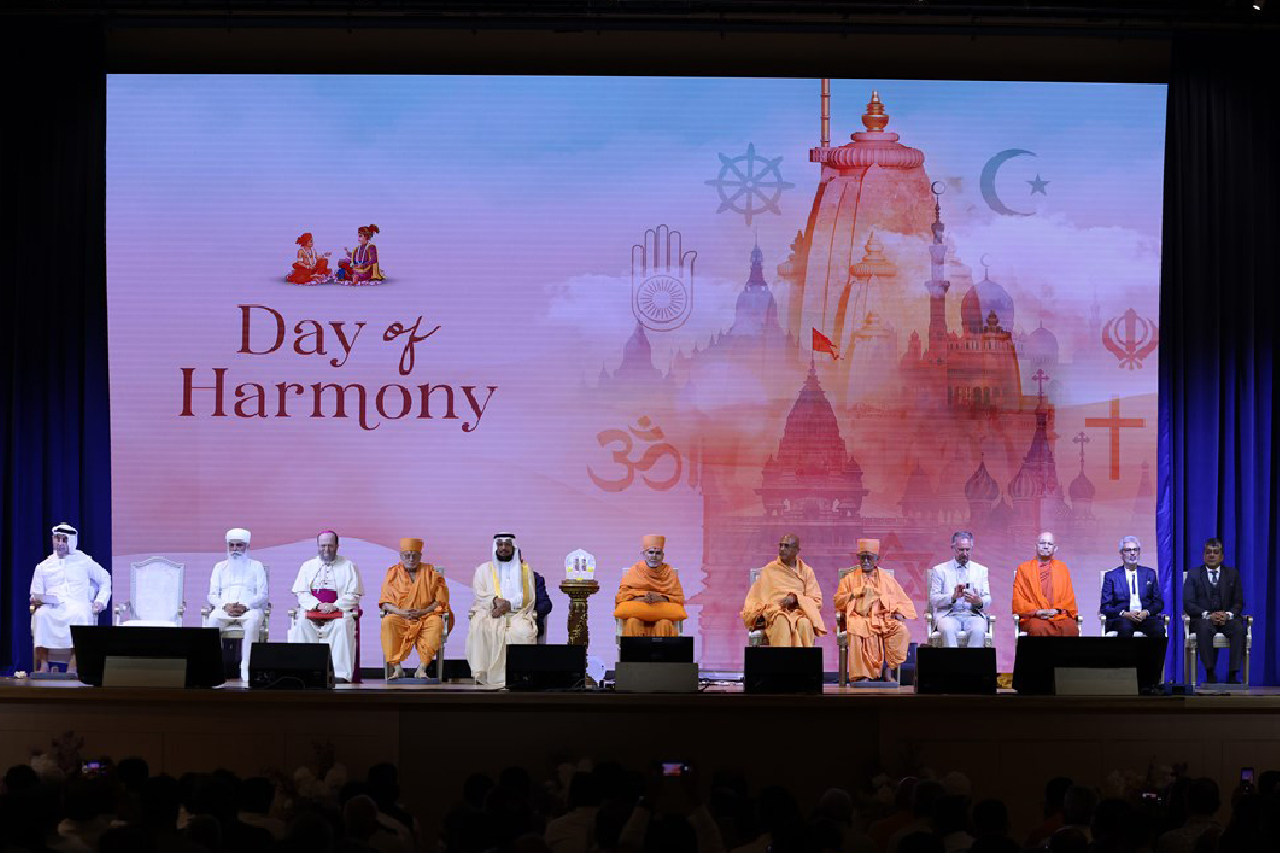
A modern usage, based on the belief that its origins lie beyond human history, as revealed in the Hindu texts. Another endonym for Hinduism is Vaidika dharma..
Hinduism entails diverse systems of thought, marked by a range of shared concepts that discuss theology, mythology, among other topics, in textual sources. The major Hindu denominations are Vaishnavism, Shaivism, Shaktism, and the Smarta tradition. The six Āstika schools of Hindu philosophy, which recognise the authority of the Vedas, are: Sānkhya, Yoga, Nyāya, Vaisheshika, Mimāmsā, and Vedānta. Hindu texts have been classified into Śruti (“heard”) and Smṛti (“remembered”). The major Hindu scriptures are the Vedas, the Upanishads, the Purānas, the Mahābhārata, the Rāmāyana, and the Āgamas. Prominent themes in Hindu beliefs include karma (action, intent and consequences) and the four Puruṣārthas, proper goals or aims of human life, namely: dharma (ethics/duties), artha (prosperity/work), kama (desires/passions) and moksha (liberation/freedom from the passions and the cycle of death and rebirth). Hindu religious practices include devotion (bhakti), worship (puja), sacrificial rites (yajña), and meditation (dhyāna) and yoga.
While the puranic chronology presents a genealogy of thousands of years, starting with the Vedic rishis, scholars regard Hinduism as a fusion or synthesis of Brahmanical orthopraxy with various Indian cultures, having diverse roots and no specific founder. This Hindu synthesis emerged after the Vedic period, between c. 500–200 BCE and c. 300 CE, in the period of the second urbanisation and the early classical period of Hinduism when the epics and the first Purānas were composed. It flourished in the medieval period, with the decline of Buddhism in India. Since the 19th century, modern Hinduism, influenced by western culture, has also a great appeal to the west, most notably in the popularisation of yoga and various sects such as Transcendental Meditation and the Hare Krishna movement.
Hinduism is the world’s third-largest religion, with approximately 1.20 billion+ followers, or 15%+ of the global population, known as Hindus. It is the most widely professed faith in India, Nepal, Mauritius, and in Bali, Indonesia. Significant numbers of Hindu communities are found in other countries of South Asia, in Southeast Asia, in the Caribbean, Middle East, North America, Europe, Oceania, Africa, and other regions.
Click here to access more info and explore further
